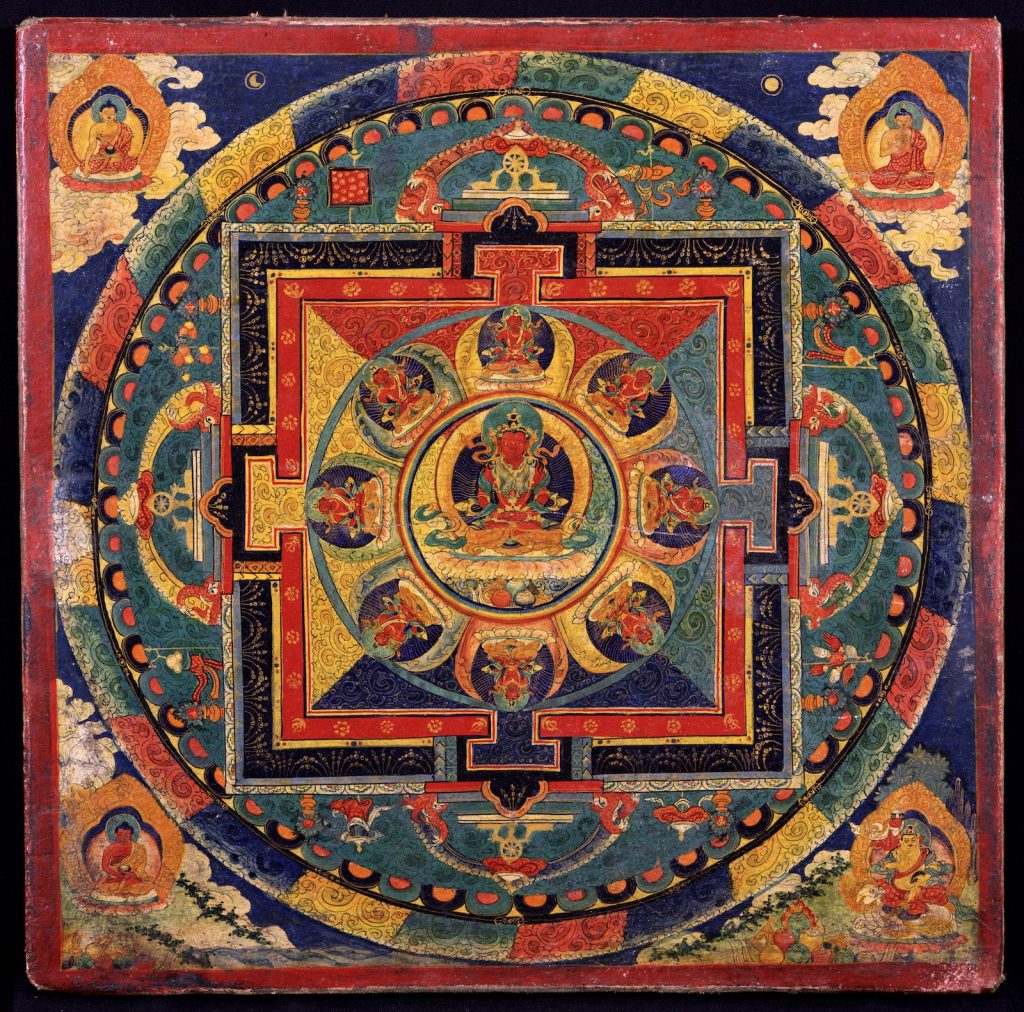Looking Beyond Buddhism
I was drawn to Rita M. Gross’s provocative view that a “new golden age” of Buddhism could be facilitated if Buddhists of various sects opened their minds to studying each other’s teachings (“Buddhist to Buddhist,” Spring 2012). I found myself entirely agreeing, but I also found myself hoping that Gross would drop the other shoe; namely, I couldn’t see why her recommendations for ecumenical inquiry should stop with Buddhism. Perhaps the “golden age” could come even more quickly, and for everyone, if we also looked outside of Buddhism and between the religions.
Like Gross, I am a longtime professor of world religions. When I surveyed her reasons for recommending comparative analysis, I found that they applied equally well if we take the project beyond the dharma. She tells us that when we look outside of our lineage we benefit because we come to understand, via contrast, the uniqueness of our own perspective. Furthermore, she adds that as we clarify our worldview by comparing it to others, we also gain clearer understanding of the contents of other worldviews—and realize that there are other worldviews (our own perspective being just one among many). She’s right in this, but the same is true if we also look beyond Buddhism.
The contrast between Buddhism and other religions is sometimes greater than it is between the sects, so I see a heightened opportunity to grasp one’s own tradition via contrast, as well as a heightened opportunity to practice open-mindedness and compassion. Furthermore—and here I give what I see as an added benefit of dropping the other shoe—what about those wonderful chances for reflection arising from the discovery that there are beliefs in other religions closer to those of our own Buddhist practice than the beliefs of Buddhists from other traditions? For instance, Shin Buddhism, with its strong emphasis on faith and surrender over self-help and meditation (not to mention its emphasis on experiencing a paradise beyond this world), is in many respects closer to Lutheran Christianity than it is to Theravada Buddhism. And Vajrayana Buddhism, with its specific rituals, its visualization practices, and its tantric view of reality, has more in common with Tantric Hinduism than it does with Zen. Dealing with these realities also gives value to Gross’s project, so after—or in addition to—exploring between the sects, I recommend, for the sake of world peace, looking beyond them.
—Dana Sawyer
Portland, ME
An Ordinary Man
Thanks to Rita M. Gross for her wise, sane, and genuinely spiritual teachings about the dharma. I just finished reading “The Truth about Truth” (Summer 2012), and it was so wonderful to read an article that reflected my own thinking and approach to the dharma.
Foundational Buddhist scriptures say that the Buddha himself claimed to be only an ordinary man, not a god. Doesn’t that give us all the more confidence and hope about what we also might achieve as ordinary human beings, rather than having to place faith in miracle stories made up long after his lifetime?
Do I really need to believe that a lama is a reincarnation of someone in order to get practical, profound spiritual benefits from practicing with his teachings? I hope not, because I don’t believe it and never will. And yet the lama’s teachings have enabled me to deepen my long-standing practice in amazing ways, in spite of my disbelief in his having been reborn. I can admire, love, and respect the lama as a man with a lifetime’s worth of incredible practice, teachings, and great achievements, without also taking seriously any claims to his being more than an ordinary man. In fact, knowing he is just a man makes me admire his achievements that much more!
—Michael Toohey
Don’t Lose Heart
In “Broken Gold” (Spring 2012) Jane Kingston writes: “Was I stupid to confuse the teacher—a gifted but profoundly wounded and hence unstable man—with the teachings?” Some call devotion to the teacher a path. Yet that devotion can be confusing when the teacher reveals his or her “humanness.”
I wouldn’t call it stupid at all. The experiences of East meeting West are fraught with similar examples, for very strong patterns are at work.
This gap in teaching is an opportunity for the Western teachers of Buddhism to discuss how they can be compassionate toward the expression of devotion from their students yet set boundaries and clearly recognize their own impulses when such interactions occur. It is a difficult space for teachers to be in, since their teachings were based upon models that were monastic and male-oriented. Both sides are in need of support for such is the way of the bodhisattva:
When you are down and out, held in contempt,
Desperately ill, and emotionally crazed,
Don’t lose heart. Take into you
The suffering and negativity of all beings—this is the practice of a bodhisattva.
—Ellen Fischman
Winnetka, IL
Send letters to editorial@tricycle.com.
Thank you for subscribing to Tricycle! As a nonprofit, we depend on readers like you to keep Buddhist teachings and practices widely available.
